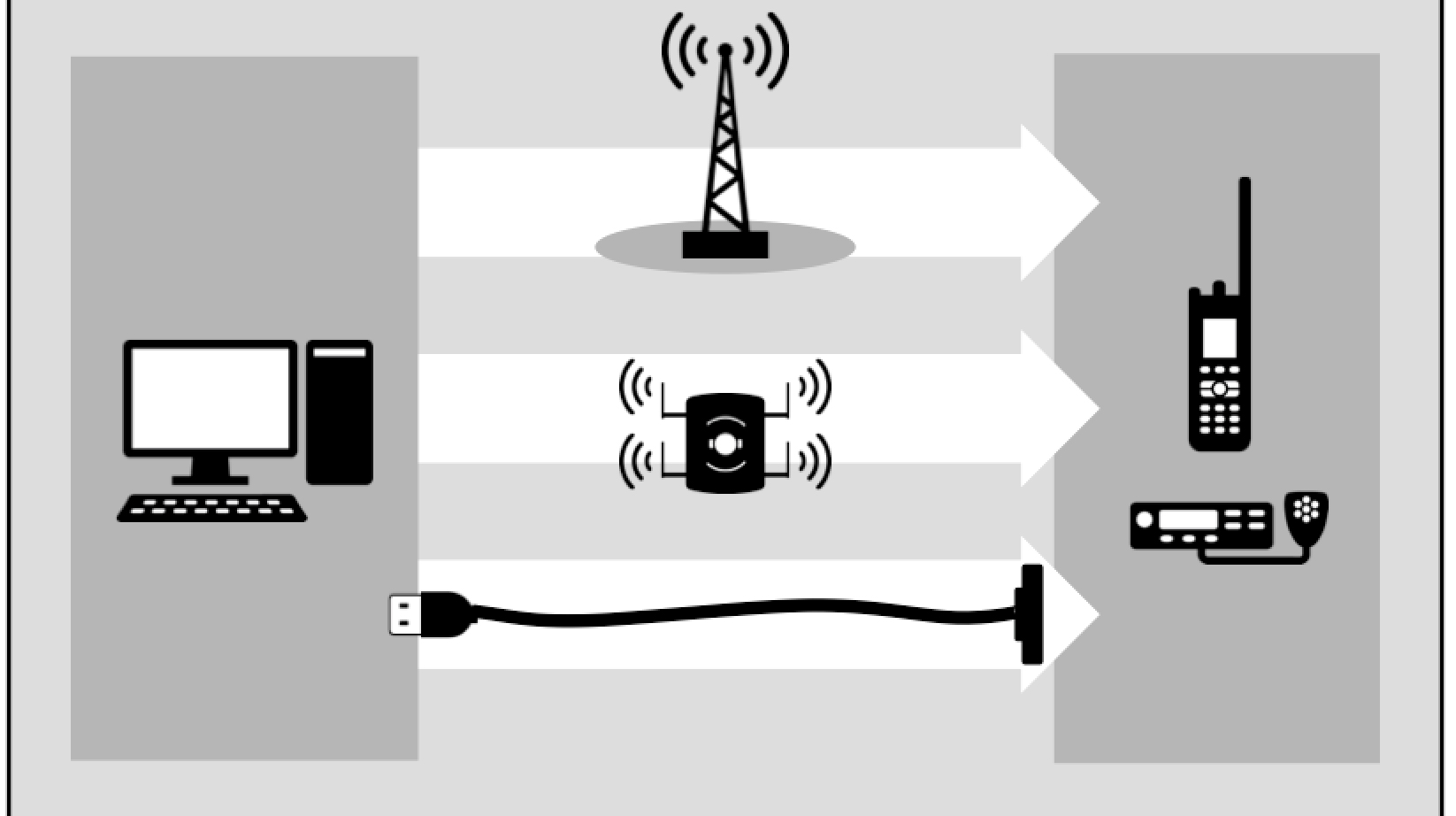The federal government established community policing in 1994 to help reduce crime and other threats to public safety. Today, National Night Out, Smart911 technology and other community-oriented programs effectively build positive relationships between law enforcement personnel, local government organizations and community residents. This collaborative policing model allows first responders and citizens to work together to identify potential threats and proactively address concerns, reducing crime and increasing public safety.
What Is Community Policing?
Although community policing and the efforts surrounding it may look different in each jurisdiction, the underlying goals are the same. Ultimately, there are three key components that all community policing strategies share: organizational transformation, community partnerships and shared problem-solving.
Since community policing began in the 1960’s, local government and law enforcement leaders have developed a series of reforms to reduce neighborhood crime. A key step in the evolution – improving relationships between police officers and local residents. The federal government endorsed the reforms when it passed the Violent Crime Control and Law Enforcement Act in 1994. The law established the Office of Community Oriented Policing Services (COPS).
Since its establishment, the COPS program has provided funding to more than 13,000 of the 16,000 law enforcement agencies across the U.S. These organizations use the money to train police officers and local leaders on community policing strategies, terrorism prevention, school safety and crime control. Today, law enforcement agencies practicing community policing serve approximately 81 percent of the U.S. citizen population.
The Federal Bureau of Investigation’s Crime Data Explorer tool shows a significant downward trend in violent crime rates from 1994 to 2020. There’s a clear correlation between the establishment of COPS and its focus on community policing and a continuous drop in crime rates moving forward.
In 1994, the U.S. violent crime rate was 713.6 per 100,000 people. In 2020, that number had dropped to 398.5 per 100,000 people. Property crime statistics show a similar trend. The rate of property crime in the U.S. in 1997 was 4,660.2 per 100,000 people. In 2020, the rate was 1,958.2 per 100,000 people. These numbers provide compelling evidence as to the effectiveness of community policing.
“The Office of Community Oriented Policing Services (COPS) mission is to advance public safety through the practice of community policing. By proactively addressing the root causes of criminal and disorderly behavior, rather than simply responding to crimes once they have been committed, community policing concentrates on preventing both crime and the atmosphere of fear it creates.” – Department of Justice
How Does Community Policing Work? The Three Key Components of Community Policing Strategies
Community policing strategy involves three key components: organizational transformation, community partnerships and shared problem-solving. These three components decentralize police operations, make law enforcement officers more accountable to the community and tackle the root causes of neighborhood crime in a manner that builds trust in law enforcement.
Organizational Transformation
The solution to improving police-community relationships requires more than just attitude changes. It’s also crucial to initiate a decentralized redistribution of resources to give law enforcement officers a better understanding of neighborhood concerns. Frequent contact between police and community members allows law enforcement organizations to better leverage available assets to address local concerns.
Throughout the decades, budget cuts have required law enforcement agencies to do more with fewer resources. They have responded by recruiting civilians into key support roles, including dispatch, crime scene forensics, record-keeping and administrative duties.
In some jurisdictions, civilians now provide up to half of the law enforcement workforce. This community-led approach enables public safety resources to go further. Additionally, “civilianization” also frees up police officers for deployment in community policing and brings more local residents into close contact with law enforcement.
Community Partnerships
The term “community partnerships” has varied meanings in different jurisdictions. In many instances of community policing, it means developing relationships between law enforcement and faith-based organizations, tenant councils, business groups, local government agencies, social service providers, schools and local businesses.
These partnerships aren’t just periodic neighborhood watch meetings. Rather, they are ongoing projects designed to increase interactions between police and community members. In many cases, community policing strategies are most effective when law enforcement organizations are co-located with other civic services, such as paying utility bills or obtaining parking permits.
This approach builds on organizational transformation. At these co-location venues, most police/community interactions involve civilian employees or local volunteers, making it easier to identify and solve localized problems. These venues provide opportunities for law enforcement agencies to engage with neighborhood watch groups and share crime prevention tips.
In 1984, the National Association of Town Watch created a formalized approach to developing these local partnerships: National Night Out. This program is “a national community-building campaign that promotes police-community partnerships.” Annual events bring local citizens and police together under positive circumstances to help counteract isolation and promote camaraderie. Celebrations may include seminars, festivals, cookouts, parades, block parties, youth events and exhibits.
Shared Problem-Solving
Organizational transformation and intentional community partnerships facilitate shared problem-solving. Police departments that prioritize community policing train officers to work together with community members to actively and creatively solve problems. This proactive approach offers better results than reactive responses to crime and disorder.
The SARA Model is one of the most common approaches to shared problem-solving in community policing. The acronym stands for Scanning, Analysis, Response and Assessment. The idea is to identify and analyze recurring community issues and consult with local residents to determine the root cause and find effective long-term solutions.
Evidence suggests the SARA Model of shared problem-solving can significantly reduce crime (compared to traditional response models). A 2010 review found proactive problem-solving significantly improved public safety by resolving social issues before they contributed to crimes.
The Role of Technology in the Community Policing Model
Technology features significantly in all three key components of community policing. Critical communications technology facilitates organizational transformation, community partnership and shared problem-solving.
Over the past decade, mobile technology has transformed community policing. According to a 2016 report, 95 percent of state and local law enforcement agencies had implemented one or more types of technology, such as social media and information-sharing platforms. Furthermore, “agencies aligned most closely with community policing…implemented and used more technology.”
Anonymous tip-texting services have significantly increased community engagement, giving law enforcement agencies more insight into recurring issues in the community. Features like two-way encrypted communication and real-time logging and analytics highlight trends and support better outcomes.
Rave Mobile Safety, a Motorola Solutions company, offers several solutions that support community policing. Smart911 enables residents to create personal Safety Profiles with details about themselves and their households. Smart911 users can also sign up to receive local emergency alerts for severe weather, traffic incidents, road work, utility outages, missing persons and law enforcement activity in their local area.
During a crisis, first responders can access the database of Smart911 Safety Profiles via the Rave 911 Suite. Smart911 facilitates fast, effective crisis response by providing 9-1-1 call takers and emergency personnel with critical details, including the caller’s full name, address, phone number, medical conditions and emergency contacts. Together, these tools ensure better outcomes in crisis situations.





Comments are closed here.